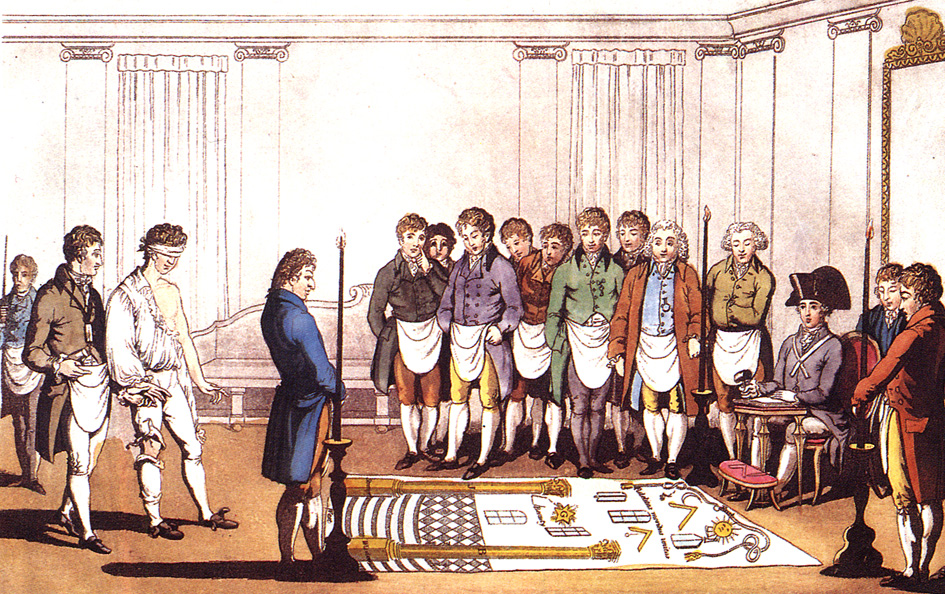|
Tsakli
Tsakli (also “tsakalis”) are Tibetan Buddhist miniature paintings, normally produced as thematic groups or sets, which are used in rituals as initiation cards, and in the training of monks. Examples of this miniature art are also known from Mongolia. Subjects The subjects found on tsakli are similar to the better known larger Tibetan thangka scroll paintings on cloth, but much simpler, usually showing only a single deity, or a pair. The subjects are usually deities or ritual objects and offerings associated with these deities are represented on the tsaklis. Occasionally, Tibetan inscriptions on the backside can identify the subjects which are painted on the front. Ritual use of tsakli Tsakli are normally painted in sets which can comprise from six to nearly 100 small paintings of similar subjects and are used as offerings in temples or in rituals. For example, before the construction of a temple is begun, the area can be marked with tsakli representing protective deiti ... [...More Info...] [...Related Items...] OR: [Wikipedia] [Google] [Baidu] |
Thangka
A ''thangka'' (; Tibetan: ཐང་ཀ་; Nepal Bhasa: पौभा) is a Tibetan Buddhist painting on cotton, silk appliqué, usually depicting a Buddhist deity, scene, or mandala. Thangkas are traditionally kept unframed and rolled up when not on display, mounted on a textile backing somewhat in the style of Chinese scroll paintings, with a further silk cover on the front. So treated, thangkas can last a long time, but because of their delicate nature, they have to be kept in dry places where moisture will not affect the quality of the silk. Most thangkas are relatively small, comparable in size to a Western half-length portrait, but some are extremely large, several metres in each dimension; these were designed to be displayed, typically for very brief periods on a monastery wall, as part of religious festivals. Most thangkas were intended for personal meditation or instruction of monastic students. They often have elaborate compositions including many very small fig ... [...More Info...] [...Related Items...] OR: [Wikipedia] [Google] [Baidu] |
Initiation Card (Tsakalis), Maitreya
Initiation is a rite of passage marking entrance or acceptance into a group or society. It could also be a formal admission to adulthood in a community or one of its formal components. In an extended sense, it can also signify a transformation in which the initiate is 'reborn' into a new role. Examples of initiation ceremonies might include Christian baptism or confirmation, Jewish bar or bat mitzvah, acceptance into a fraternal organization, secret society or religious order, or graduation from school or recruit training. A person taking the initiation ceremony in traditional rites, such as those depicted in these pictures, is called an ''initiate''. Characteristics William Ian Miller notes the role of ritual humiliation in comic ordering and testing. Mircea Eliade discussed initiation as a principal religious act by classical or traditional societies. He defined initiation as "a basic change in existential condition", which liberates man from profane time and history. "I ... [...More Info...] [...Related Items...] OR: [Wikipedia] [Google] [Baidu] |
Tibetan Buddhist
Tibetan Buddhism is a form of Buddhism practiced in Tibet, Bhutan and Mongolia. It also has a sizable number of adherents in the areas surrounding the Himalayas, including the Indian regions of Ladakh, Darjeeling, Sikkim, and Arunachal Pradesh, as well as in Nepal. Smaller groups of practitioners can be found in Central Asia, some regions of China such as Northeast China, Xinjiang, Inner Mongolia and some regions of Russia, such as Tuva, Buryatia, and Kalmykia. Tibetan Buddhism evolved as a form of Mahāyāna Buddhism stemming from the latest stages of Indian Buddhism (which included many Vajrayāna elements). It thus preserves many Indian Buddhist tantric practices of the post-Gupta early medieval period (500–1200 CE), along with numerous native Tibetan developments. In the pre-modern era, Tibetan Buddhism spread outside of Tibet primarily due to the influence of the Mongol Yuan dynasty (1271–1368), founded by Kublai Khan, who ruled China, Mongolia, and parts of S ... [...More Info...] [...Related Items...] OR: [Wikipedia] [Google] [Baidu] |
Mongolia
Mongolia is a landlocked country in East Asia, bordered by Russia to the north and China to the south and southeast. It covers an area of , with a population of 3.5 million, making it the world's List of countries and dependencies by population density, most sparsely populated sovereign state. Mongolia is the world's largest landlocked country that does not border an Endorheic basin, inland sea, and much of its area is covered by grassy steppe, with mountains to the north and west and the Gobi Desert to the south. Ulaanbaatar, the capital and List of cities in Mongolia, largest city, is home to roughly half of the country's population. The territory of modern-day Mongolia has been ruled by various nomadic empires, including the Xiongnu, the Xianbei, the Rouran, the First Turkic Khaganate, the Second Turkic Khaganate, the Uyghur Khaganate and others. In 1206, Genghis Khan founded the Mongol Empire, which became the largest List of largest empires, contiguous land empire i ... [...More Info...] [...Related Items...] OR: [Wikipedia] [Google] [Baidu] |
Lama
Lama () is a title bestowed to a realized practitioner of the Dharma in Tibetan Buddhism. Not all monks are lamas, while nuns and female practitioners can be recognized and entitled as lamas. The Tibetan word ''la-ma'' means "high mother", and reflects the qualities of the person entitled as a lama."lama" from Historically and currently, the term is bestowed on venerated spiritual masters and may be part of a specific lineage title such as the Dalai Lama [...More Info...] [...Related Items...] OR: [Wikipedia] [Google] [Baidu] |
Cardboard (paper Product)
Cardboard is a generic term for heavy paper-based products. Their construction can range from a thick paper known as paperboard to corrugated fiberboard, made of multiple plies of material. Natural cardboards can range from grey to light brown in color, depending on the specific product; dyes, pigments, printing, and coatings are available. The word ''cardboard'' has general use in English and French, but the term is deprecated in commerce and industry as not adequately defining a specific product. Material producers, container manufacturers, packaging engineers, and standards organizations, use more specific terminology. Usage statistics In 2020, the United States hit a record high in its yearly use of cardboard. Over 120 billion pieces were used that year, with around 80 percent of all the products sold in the United States being packaged in cardboard. In the same year, over 13,000 separate pieces of consumer cardboard packaging were thrown away by American households, co ... [...More Info...] [...Related Items...] OR: [Wikipedia] [Google] [Baidu] |
Tibetan Buddhist Art And Culture
Tibetan may mean: * of, from, or related to Tibet * Tibetan people, an ethnic group * Tibetan language: ** Classical Tibetan, the classical language used also as a contemporary written standard ** Standard Tibetan, the most widely used spoken dialect ** Tibetan pinyin, a method of writing Standard Tibetan in Latin script ** Tibetan script ** any other of the Tibetic languages Tibetan may additionally refer to: Culture * Old Tibetan, an era of Tibetan history * Tibetan art * Music of Tibet * Tibetan rug * Tibetan culture * Tibetan cuisine Religion * Tibetan Buddhism * Tibetan Muslims Other uses * Tibetan alphabet * Tibetan (Unicode block) * Tibetan name * Tibetan calendar * Tibetan Spaniel, a breed of dog * Tibetan Mastiff, a breed of dog See also * Tibet (other) * Tibetan Bells (other) * Traditional Tibetan medicine Traditional Tibetan medicine or Sowa Rigpa is the Tibetan medical system developed in the 8th century under King Trisong Detsen that inc ... [...More Info...] [...Related Items...] OR: [Wikipedia] [Google] [Baidu] |




